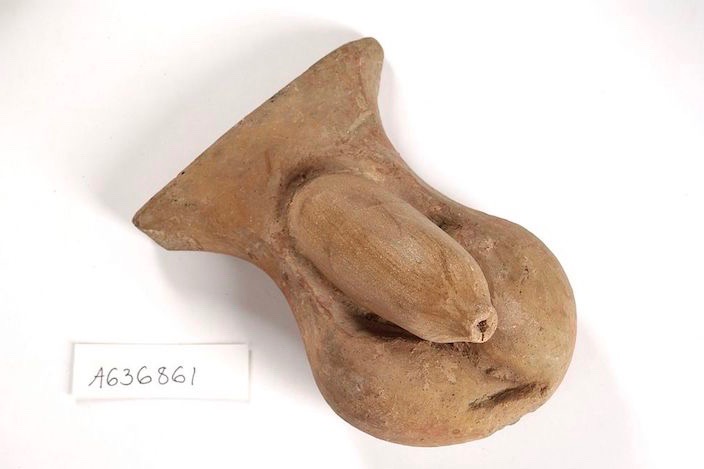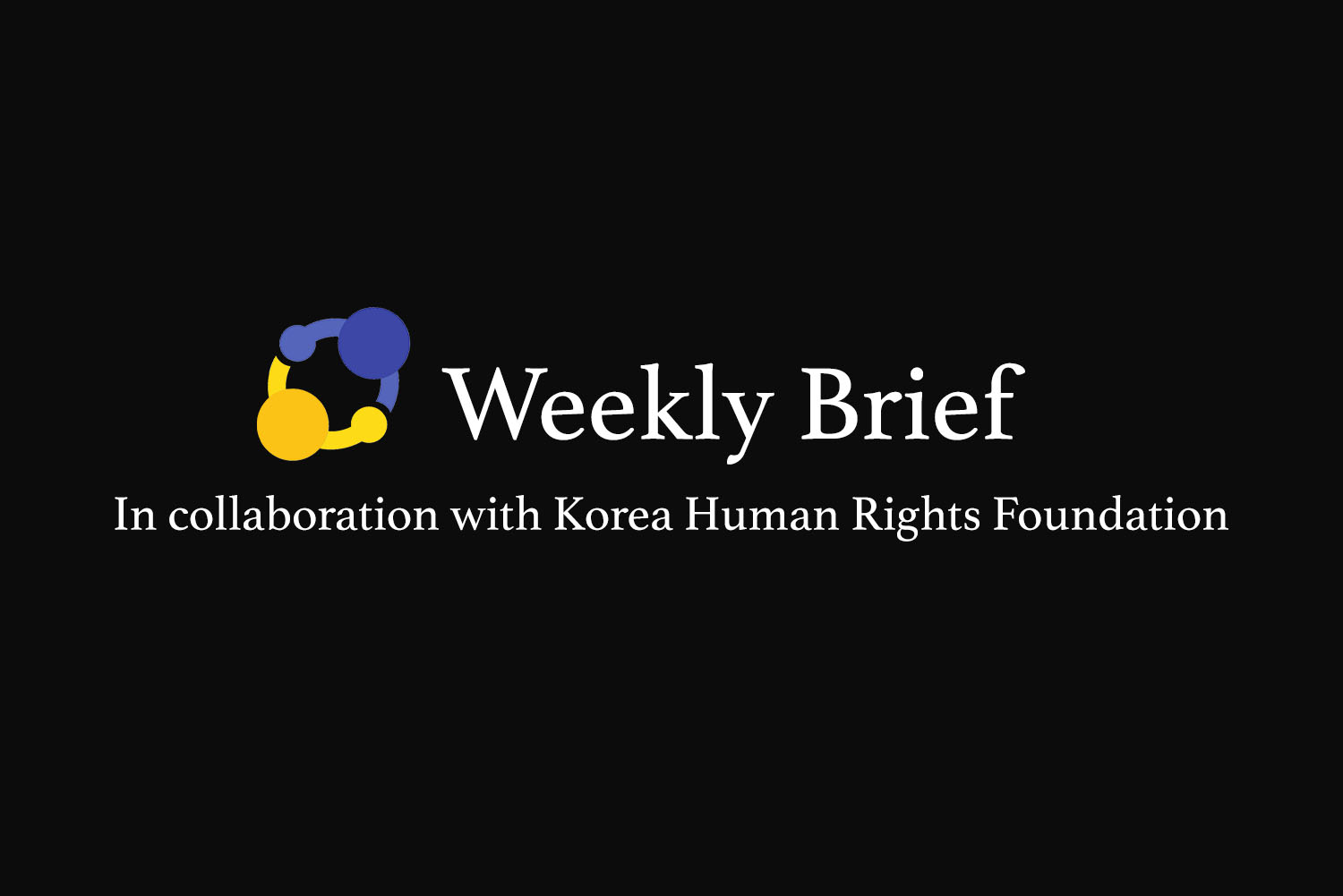
Not All Genitalia Images Are Obscene: Supreme Court Rules
Pictures of genitalia are not obscene.
A caveat: so long as their “evil” can be contextualized through criticism or explanation.
That was the ruling by the Supreme Court last Thursday, concluding a six-year debate over just what constitutes obscene materials in South Korea.
The case centered on Korea University law professor Park Kyung-sin, who formerly served on the Korea Communications Standards Commission (KCSC). Back in 2011, Park posted pictures of male genitalia, followed by a photo of l’Origin du Monde, a painting by 19th-century French painter Gustave Courbet depicting female genitalia, to argue that the commission’s understanding of any image showing genitals as obscene was vague and used to stifle freedom of expression.
The KCSC is responsible for monitoring and censoring online contents, especially of obscene nature. With the eight other members of the commission siding against him, Park was found guilty of disseminating obscene materials, then found not guilty, in two separate criminal trials.
Prosecutors had appealed the second, not-guilty verdict, but the Supreme Court refused to accept the case, vindicating Park at last.
More importantly, the Supreme Court, in turning down the case, laid out a clearer definition of obscene materials: “While pictures of male genitalia do in fact constitute obscene materials, we reject the prosecutor’s appeal, on the ground that [Park’s posts] fall under justifiable acts, in recognition of the legitimacy of the purpose, relevance of its execution or method, and the balance between legal principles under protection and those being infringed.”
The court noted that this should be accepted as the “new standard of judgement” in determining how obscene contents are understood.
Until now, the KCSC and the police have often cited the mere visibility of genitalia to determine whether a material was obscene and therefore illegal. But the Supreme Court said that even when genitals are depicted, the authorities must also take into consideration why such a picture may have been posted and whether the posting imbues the picture with any “cultural, artistic, ideological, scientific, medical or educational expression.” And what Park did fell within this realm, the court found.
Park, who also serves on the board of OpenNet, an NGO dedicated to protecting online freedom, said the ruling is good news for internet freedom in South Korea but doesn’t go all the way. “The Supreme Court could have said that the images have social value, and therefore they are not obscene to begin with. But instead, it said the pictures themselves are obscene, but my posting of them, accompanied by legal commentary, was justified as an academic exercise,” Park told Korea Exposé.
“This will put the burden on the people trying to exercise their freedom of sexual expression, because now people have to think about the social significance of the act of posting. Before it was the prosecutors who had to prove that the images don’t have social or academic value. But the decision has shifted the burden of proof.”
Park, who has been a vocal critic of conservative administrations and South Korea’s chaebols, also wondered about the timing of the Supreme Court’s decision. “I was a bit of a persona non grata as seen by a previous administration [under Lee Myung-bak]. When that president’s appointee was chief justice of the Supreme Court, there was no action [on the case], for five years, but with the new Supreme Court Chief Justice taking office [last month], the not-guilty verdict was reached. The way the case has proceeded makes us think a little bit about independence of the judiciary in Korea.”
Cover image: Clay baked male genitalia Roman votive offering (Wellcome Images via Wikipedia, CC BY)

